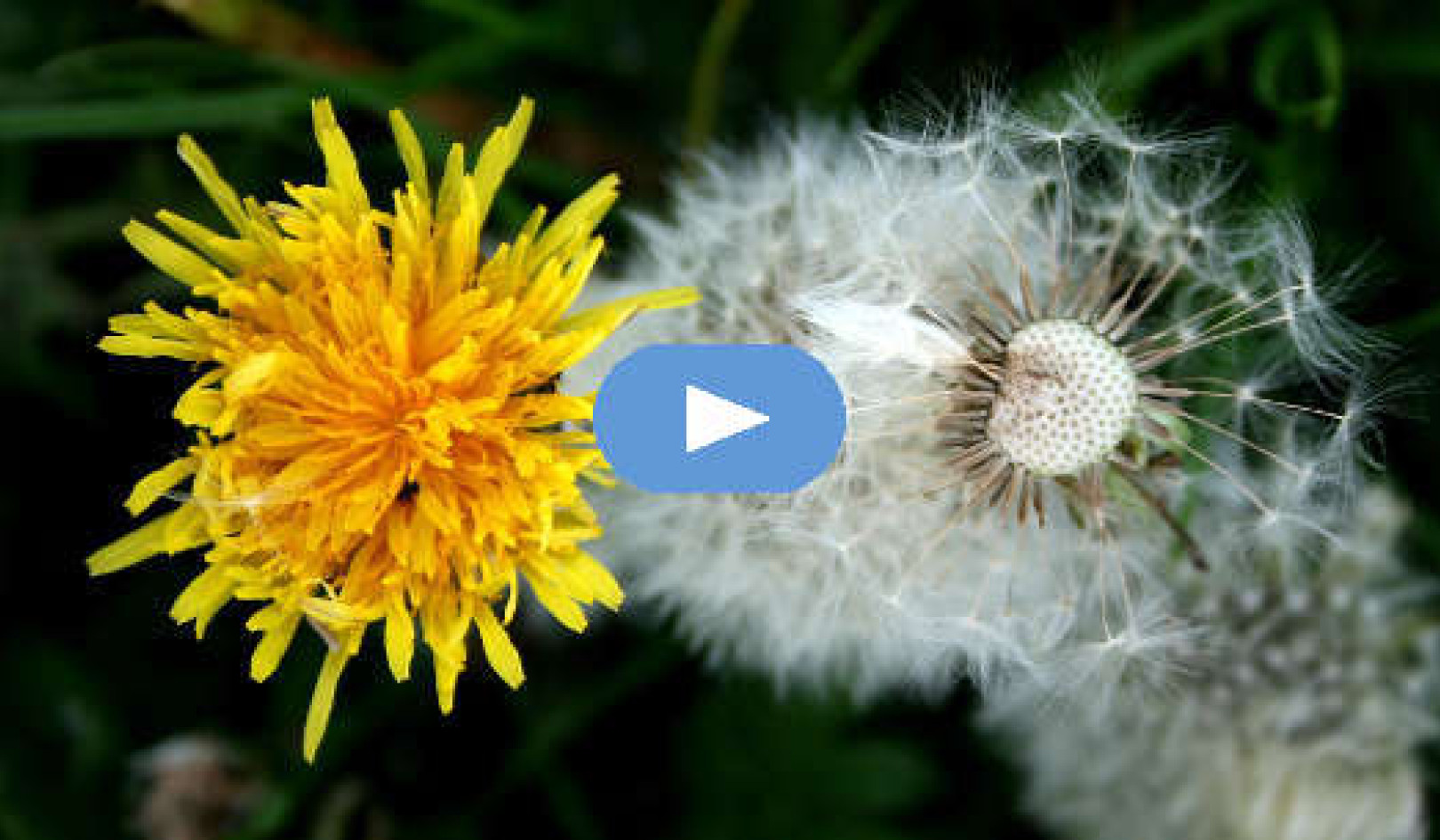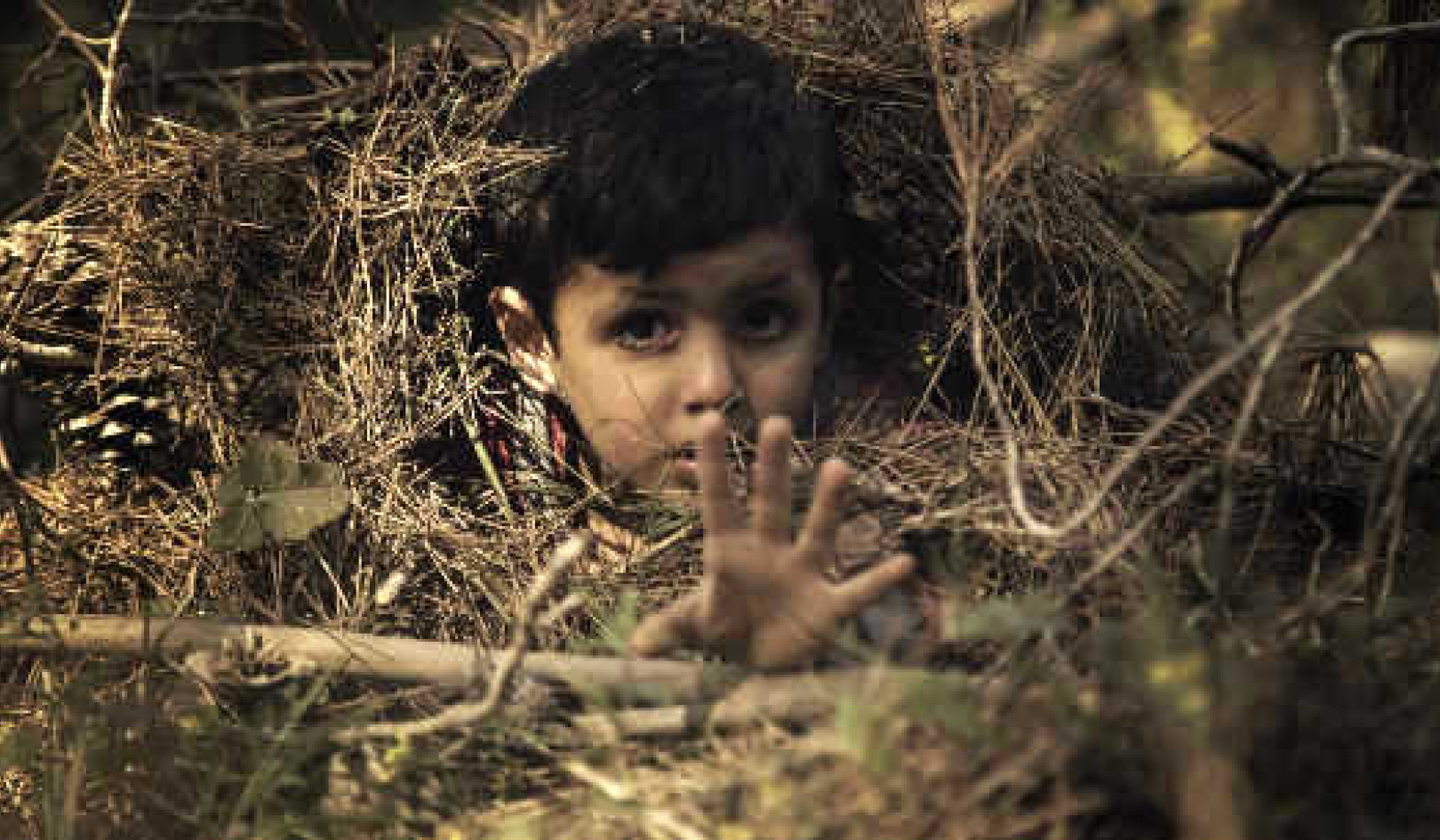
Today we may choose to be happy, cheerful and kind, to do our creative best at work, to relax in play. We may embrace life, accept and learn from the good and the not-so-good moments, appreciate and understand our family, friends and colleagues and support and forgive one another when difficulties arise.
All of these choices represent a creative way of living the fullness of our day. When we spend a day that way, we feel great when we go to bed. We have done our part to create a happy, productive tomorrow.
By contrast, if we spend the day grumbling, groaning, sad, depressed, resentful, withdrawn, fearful or angry, we're not having a very good today -- and we are definitely not creating a good tomorrow.
Each of us has the opportunity to accept and welcome the gift of living fully in the present. When we awaken to the eternal here and now, we feel alive, mobilized, our senses quickened. Each moment fully experienced becomes an integral part of the sculpting of our future. As we live today, we create our tomorrows.
Think about it. We are offered many choices. We choose how we perceive and handle life's happenings. We choose how we want to respond to each experience in our life. With every choice we carve another aspect of our future.
Pain as an Essential Inner Teacher
We can actually reach a point where a sudden happening and the accompanying loss or pain is not such a big deal. We accept that pain is simply a part of life. We cut our finger, and it heals. We lose friends and gain new ones. We smart from the hurt of someone's unkind action and either work it out with that person or decide to let it go. Wounds, losses, pain -- yes, they do hurt, but pain itself is a part of the healing process.
Think of people who are born without pain receptors, who do not feel pain. They often injure their bodies terribly. They can put their hand on a hot stove and not feel it and come away with the tissue totally burned. So pain is a teacher; pain is a warning; pain is a signal. It's a type of inner radar that says, "Hey, there's something happening you need to pay attention to."
As the Tibetan Master, Djwal Kul, once said, "Pain has no dominion over you, but pain is an essential teacher.... Embrace her, move through her, beyond her and find your manifest reality."'
When we are faced with pain, we may choose to explore it, to understand it and to learn the soul lesson inherent in it. The secret is keeping our heart open. Think of the avatars and the saints. They kept their hearts open even when they suffered great pain. Jesus and Gautama kept their hearts open. Padre Pio, Mahatma Gandhi and Mother Teresa kept their hearts open. We may choose to walk in their footsteps.
As we allow ourselves to realize we are wounded, to be aware of the pain and go deeper and deeper to its source, we reach deep into the well of our being to release old hurts, old poisons. That's why we embrace pain. It's not because we love the fact that it hurts. Nobody likes to hurt. But we choose to embrace pain because it's a piercing, an opening of a wound that allows the hurtful poison to be released. Then we can let it heal.
Think about that for a minute. Isn't it true that we tend to hold on to what we have? Even if it's poisonous, at least it's familiar. So we hold on to old wounds, old ideas, old grudges by thinking about them, recreating them. Whether it is a person, a lifestyle, family, friends or simply our way of doing things -- whatever we hold on to gives us pain when it goes its way. When we release our attachment, we feel surcease from the pain.
Being Awake
The Buddha as the Enlightened One taught nonattachment because he understood this process. How did he get there? Through communion with God and his determination to be awake. The Buddha said we all need to be awake! We need to be awake to greet the new day -- with new eyes, new perspective, new hopes and dreams.
We deny ourselves this awakened state when we stay stuck in our pain. Our awareness doesn't extend beyond the pain and the fixed ideas we may have about what is causing it. Or it may be that we try to hide from our feelings, from fully experiencing the pain. When we do this, we feel upset, tense, boxed in. Yet it is a box of our own making.
It's as if we are holding tightly to the past with our eyes firmly shut to the present. Of course, with closed eyes, we can't see the new day, the new opportunity, the possibility of a lesson learned, a gain of new perspective. What to do? We may choose to open our eyes, even as we open our hearts and turn on the awareness of our five outer senses and our sixth sense -- our intuition.
What is intuition anyway? It's that sense of inner knowing that comes from being "awake." Buddha's state of awakeness is not as far from our grasp as we might think. It is the awakening of our soul to inner perceptions, inner truths, inner wisdom. You have probably experienced this state many times in your life without even realizing it. It's a part of our spiritual nature that we sometimes take for granted. Life sure is a lot easier when we allow our intuition to guide us.
Of course, this doesn't mean that difficult life situations are always going to "come up roses." But every time we meditate, pray, contemplate and take positive action, we learn and grow. Our victories strengthen our faith, and defeats bring lessons our souls need to learn.
Either way, when we choose to be awake, aware and grateful in the present moment, we offer ourselves the best opportunity for happiness today. In so doing, we create a better tomorrow. And you know what? We may catch a glimpse of the angels smiling.
Humor in the Ups and Downs of Life
Our sense of happiness also has to do with the way we choose to look at misfortune. We may look only at the downside or we may choose to discover an upside. The choice is up to us.
Do you remember the folktale of the old man whose only horse disappeared? When his friends tried to console him, the old man said, "How do you know this isn't a lucky omen?"
Sure enough, after several months, the lost horse came back home accompanied by another excellent horse. Now he had two fine steeds. When the old man's friends congratulated him on his good luck, he replied, "How do you know that's not a bad omen?"
Sure enough! One day the old man's son fell off the horse and broke his leg severely. It left him crippled. When the old man's friends called to tell him how sorry they were, he responded, "How do you know this isn't a good omen?" As the story goes, shortly after the man's son broke his leg, all the young men in the land were ordered into the army to fight a war far away. However, the old man's son, lame from his accident, was spared.
We could carry this story on and on. It illustrates the ups and downs of life, which we may view as misfortune or opportunity, depending on the way we look at them. Some times the seemingly tragic or insolvable dilemma of today is only a prelude to a great opportunity of tomorrow -- especially when we choose to look at it that way.
When we accept the misfortunes of today as a potential blessing for tomorrow, we put in motion positive energy that helps make it happen. It's like noticing the silver lining of the clouds -- when the clouds move on, we discover the sun has been shining brightly all the time. In our inner world, we begin to move the storm clouds along by focusing on loving, creative thoughts and feelings.
Keeping Your Sense of Humor Alive
Another way of nurturing a hopeful attitude in the present is to keep your sense of humor alive and well. A good laugh relaxes our body and mind even as it lifts our spirits. A sense of humor about the slightly ridiculous aspects of life generates laughter, and the joyful energy of laughter brings a brighter perspective.
When we stay in the here and now of the present, we find more laughter and fewer tears. The problem for many of us is that we bury the tears of yesterday and carry them into our tomorrows. Instead, let's choose to cry when we are hurt, smile when we are happy and welcome each new day with hope and humor.
Now you might be thinking, "I don't usually wake up feeling hopeful and humorous. In fact, until I get my first cup of coffee, it's better if I don't talk to anybody." Let's take a look at this: You could moan and groan all day -- especially if you discover you are out of coffee.
Or you could see the funny side of the drama: "Hmmm, here I am basing my whole day on passing feelings and a cup of coffee. That's pretty ridiculous!" Cartoonists are masters at taking the minor mishaps of our lives and satirically showing us the humor of our ways.
What does it take to cultivate a sense of humor about our mishaps? Perspective. Adopting an attitude of positive expectancy instead of gloom and negative pronouncements.
I remember a friend who had limited finances. When she was in dire need, she would always say, "I'm expecting a check." One time I asked her, "Who from?" She said, "I don't know, but I'm expecting a check."
The delightful truth of this story is that this woman would suddenly get checks out of nowhere. Money seemed to drop from the skies in envelopes addressed to Ruth Farnam. It was as if once she set her consciousness with positive expectation and perfect faith, the universe complied.
Planting Seeds of Love and Hope
People have written and talked about this phenomenon as having a "positive mental attitude. " I believe it is a natural law of the universe that whatever we send out to life returns to us. We know this from our interactions with people every day. When our heart is full of love, everything seems to move along harmoniously. When we put out negative vibes and verbiage, we get it right back. We would do well to follow Thumper's advice in the movie, Bambi. "If you can't say somethin' nice, don't say nuthin' at all!"' The lesson here: Whatever we send out, we get back. Karma is our teacher!
Each of us puts on many faces, sometimes all in the course of a day. We take on different outlooks depending on our circumstances, companions, thoughts and desires. As Piero Ferucci puts it, "Life may appear to us at any time as a routine, a dance, a race, an adventure, a nightmare, a riddle, a merry-go-round, etc."'
In a word, we have the opportunity to see life as a cup half-full or a cup half-empty. When we see our cup of life half-empty and draining, we feel drained and empty. When we see our cup of life half-full and filling, we feel energized and overflowing. It is all a matter of the perspective we choose.
Reprinted with permission of the publisher,
Summit University Press. ©2000. www.tsl.org
Article Source
Sacred Psychology of Change: Life As A Voyage Of Transformation
by Marilyn C. Barrick, Ph.D.
 Chaos and change can be transformed into opportunities for soul growth. This book tells how. Dr. Marilyn Barrick teaches how to envision and explore the future while living productively in the present. Discover the importance of a creative mind-set, an open heart and the maturing of soul to successfully navigate endings and beginnings. Storytelling chapters and exercises bring the concepts to life and suggest practical approaches to the challenging scenarios of our fast-moving world.
Chaos and change can be transformed into opportunities for soul growth. This book tells how. Dr. Marilyn Barrick teaches how to envision and explore the future while living productively in the present. Discover the importance of a creative mind-set, an open heart and the maturing of soul to successfully navigate endings and beginnings. Storytelling chapters and exercises bring the concepts to life and suggest practical approaches to the challenging scenarios of our fast-moving world.
Info/Order this paperback book and/or download the Kindle edition.
About the Author
Marilyn C. Barrick, Ph.D., clinical psychologist and workshop leader, specializes in inner-child work, relationship counseling, dream analysis, Gestalt techniques, spiritual self-help exercises and EMDR trauma release therapy. Dr. Barrick's popular book, Sacred Psychology of Love was the first in her series on spiritual psychology. Sacred Psychology of Change is the second book in the series. (Dr. Barrick's other books.) For additional information, Dr. Barrick invites you to visit her web site at www.spiritualpsychology.com.
More books by this Author
at InnerSelf Market and Amazon




























